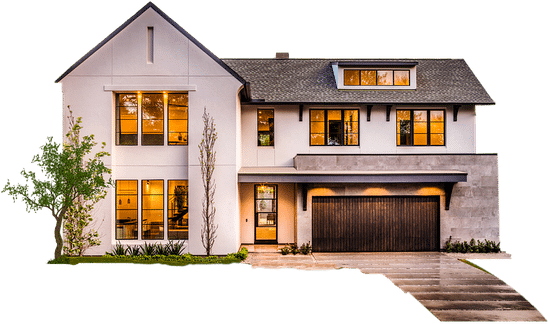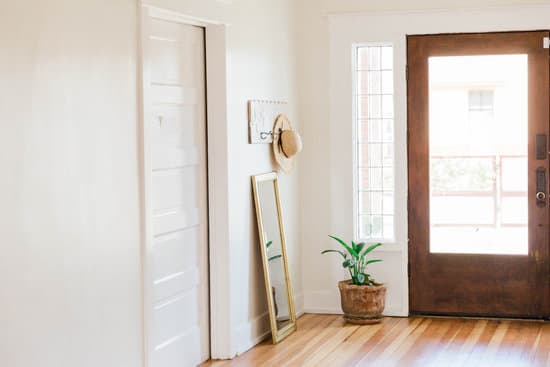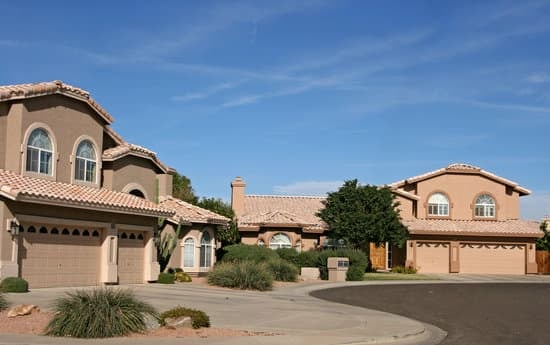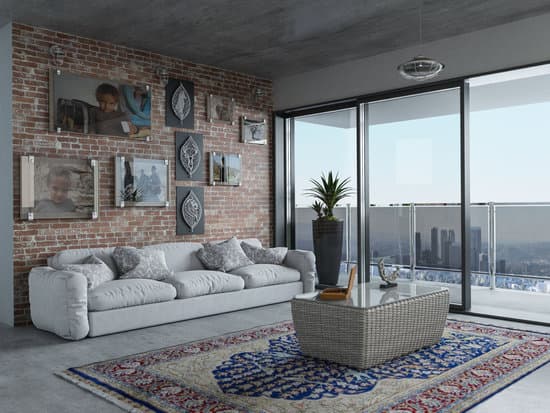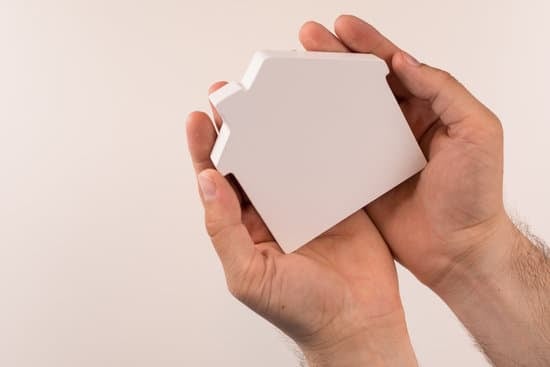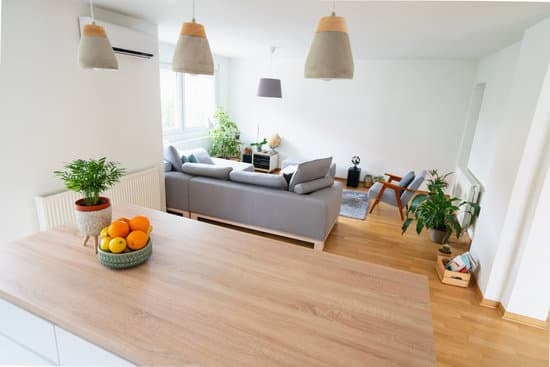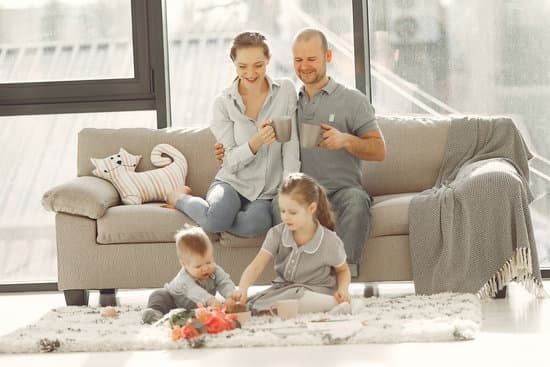The Evolution of Retro Colors
Retro colors have been in existence for almost a century, and their popularity has continued to grow with time. These colors have been used in fashion, home décor, and advertising, prompting a wave of nostalgia for past trends. The retro style is unique in that it draws from different eras but blends them into a cohesive look. From muted pastels to bright and bold hues, retro colors offer vast possibilities that can be explored to create stunning spaces.1920s Influenced Retro Colors
The 1920s was a decade of elegance and extravagance, with Art Deco style dominating the era. The colors popular in this era included bold shades of blue, green, and yellow. Metallic colors like silver and gold became popular in jewelry and home décor. Shades of gray, beige, and cream were also incorporated in walls and furniture to offset the bold colors. Key point: Art Deco style was characterized by geometric pattern designs and high-contrast colors.Fading into the 1940s and 1950s Retro Colors
As the world transitioned into the 1940s and 1950s, the focus on bold colors began to fade. People started to prefer lighter colors that were subdued and muted. Pastel shades of pink, blue, yellow, and green became popular, giving homes a softer and more calming vibe. The popularity of floral prints also increased in this era, with colors like powder blue and pale pink being used to highlight delicate designs. Key point: Retro colors from the 1940s and 1950s were more pastel and muted, compared to the bright hues of the previous decade.Psychedelic Retro Colors from the 1960s and 1970s
The 1960s and 1970s marked a revolution in fashion and home décor, with vibrant colors and bold patterns taking center stage. Psychedelic colors like bright orange, lime green, and hot pink were popular in fashion and home décor. Tie-dye became popular, with the use of rainbow colors offset by white. Bold patterns like stripes and polka dots were used to complement the bright hues.- The use of vibrant colors gave spaces a fun and lively feel
- Geometric shapes and patterns added excitement and interest to rooms
Bright and Bold 1980s Influenced Retro Colors
The 1980s were characterized by an explosion of color, with neon hues and bright pastels dominating the color palette. Shades of pink, blue, green, and yellow became brighter and bolder. Bright orange, electric blue, and fuchsia were also popular in fashion and home décor. Bold patterns like zigzags and abstract designs were used extensively to add texture and excitement to rooms. Key point: Retro colors from the 80s were fun, bold, and exciting, reflecting the upbeat mood of the era.How to Incorporate Retro Colors in Home Decor
Incorporating retro colors into your home décor can bring a sense of warmth and a touch of nostalgia. However, it’s essential to find a balance between the retro style and modern designs to avoid making your home look dated. Some ways to incorporate retro colors into your décor include:- Using retro colors on accent pieces like throw pillows, curtains, and rugs
- Painting one wall in a bold retro color to create a focal point in your room
- Bringing in vintage furniture and complementing it with modern accents
Pairing Retro Colors with Modern Designs
Pairing retro colors with modern designs is an excellent way to keep your home décor fresh and exciting. Some tips for pairing retro colors with modern designs are:- Pairing bright retro colors with neutral colors like white, gray, or beige to avoid overwhelming your space
- Using retro patterns sparingly and in moderation to avoid creating a busy and cluttered look
- Adding metallic accents like gold, silver, or brass to add a touch of sophistication to your space






